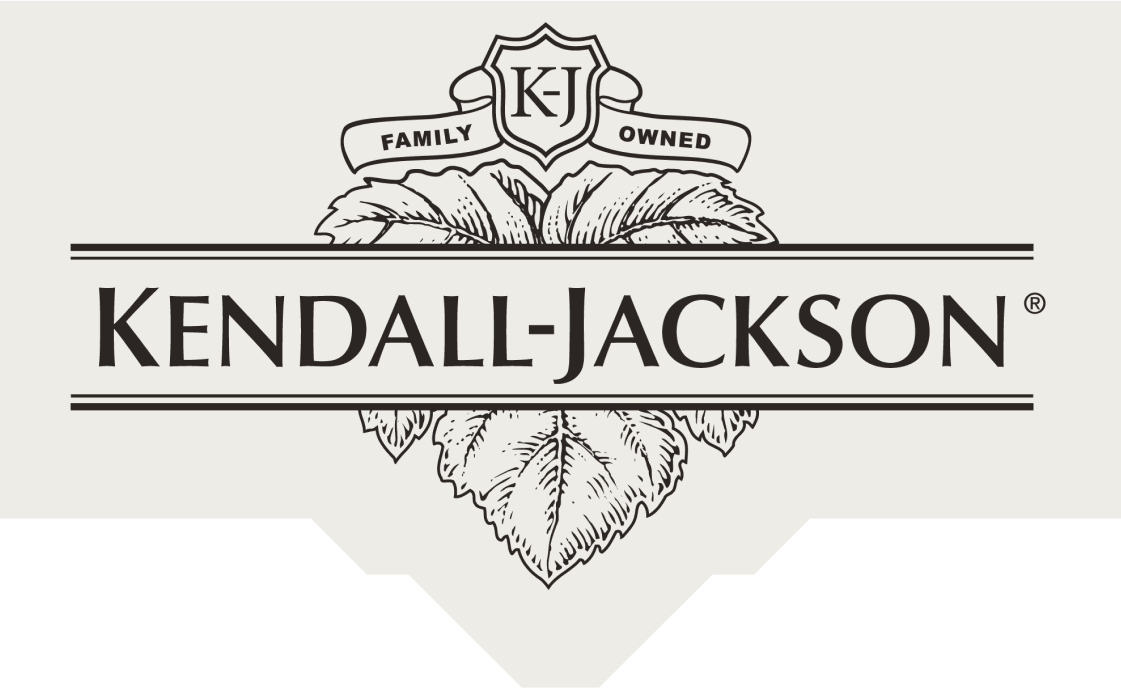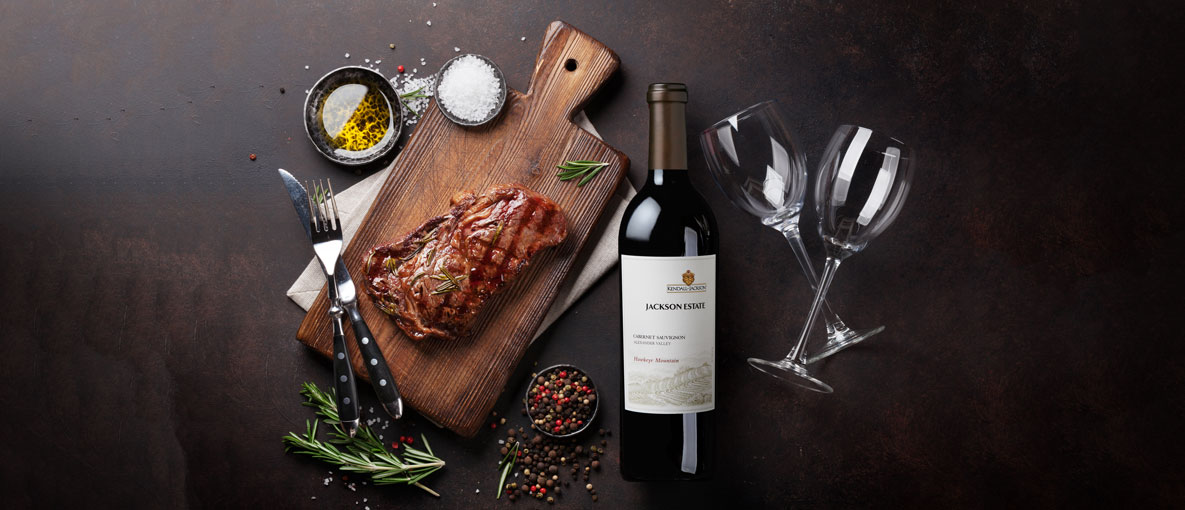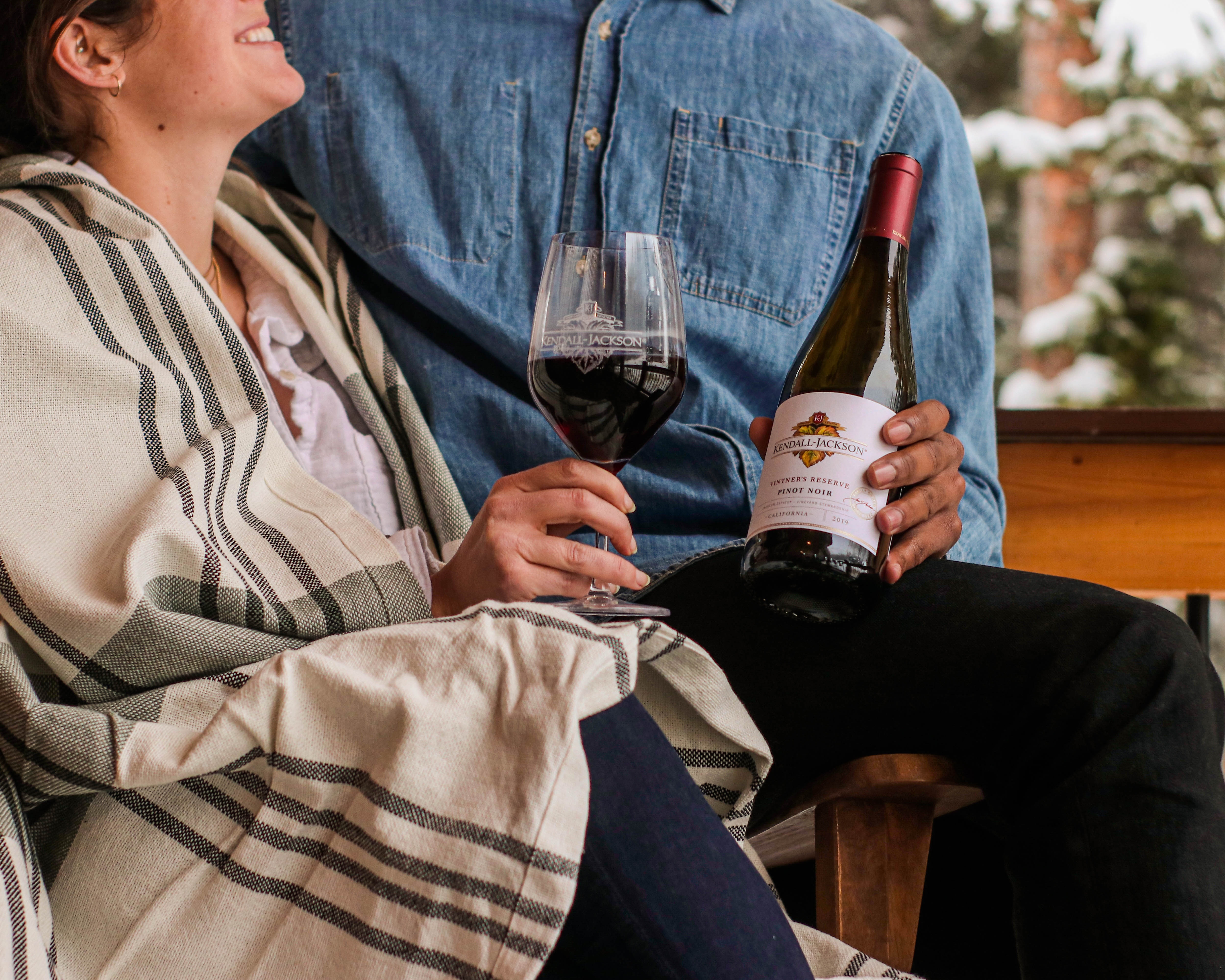St. Patrick's Day and Wine: A History and Appreciation
The green beer will likely be flowing in many an Irish bar come March 17, when we once again celebrate Saint Patrick’s Day.
There also will be plenty of shamrocks. What exactly is a “shamrock”? A kind of green clover with three leaves, the national symbol of Ireland. Saint Patrick is said to have used the shamrock as a symbol of the Holy Trinity when he taught the Irish, who in the fourth century A.D. were pagan, about Christianity.
The connection between beer and Saint Patrick’s Day is simple enough: the holiday is a feast day, and beer is one of Ireland’s traditional drinks, along with whiskey.
Wine, obviously, was not produced in Ireland; the country is too far north—at the same latitude as Newfoundland–to ripen wine grapes. But the Irish have a long history of drinking imported wine, especially from Bordeaux. In the eighteenth century, a number of Irish émigrés moved to Bordeaux to produce wine. Among them were the founders of top chateaux whose names we still celebrate today: Leoville-Barton, Lynch Bages, Phelan Segur and Kirwan.
The shamrock also could be a symbol of the three kinds of wine we drink: white, red and rosé. The number three always has fascinated humans, and is thought to have mystical overtones. In Judaism, it symbolizes harmony: the synthesis of opposites [number one and number two]. That is reminiscent of the ancient Chinese concept of yin and yang: two things [black and white] that, when merged, become a third thing, complete and interdependent. So having three kinds of wine links us to the past.
When you think about it, the number three also applies to the three major categories of alcoholic beverage: wine, beer and spirits. At any point in history, and in any particular country, one of these beverages usually prevails in popularity. Here in the U.S., wine was very popular with the Founding Fathers, but it never really caught on with the average American, who — if he drank at all — preferred his whiskey and beer. It wasn’t until comparatively recently that wine became as popular as it is. The 1960s and 1970s saw the Baby Boomers embracing wine, not just as a drink but as a lifestyle.
Over the past decade or so, spirits and beer both have increased enormously in popularity due to the rise of the craft or artisanal movement. You can now say that the U.S. is fully mature in terms of its appetite for alcoholic beverages. We’ve grown up; we know what we like, and we’re fortunate to have the widest range of choices of any country in the world.
Sure and begorrah, that’s a reason to clink our glasses in a toast on Saint Paddy’s Day!
Steve Heimoff is one of America’s most respected and well-known wine writers. The former West Coast Editor for Wine Enthusiast Magazine and a contributor to Wine Spectator, he has also authored two books on the subject of California wine, including “New Classic Winemakers of California: Conversations with Steve Heimoff,” published in the fall of 2007.



